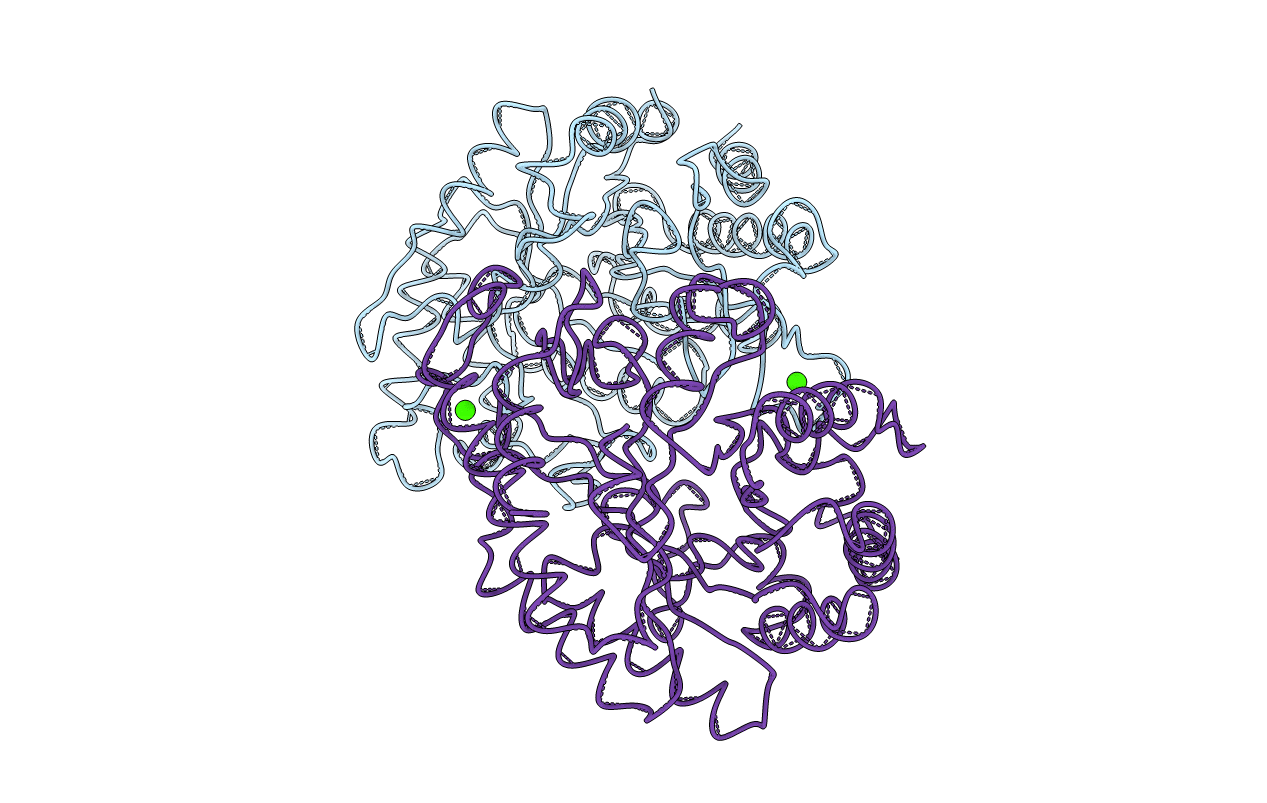
Deposition Date
1994-09-02
Release Date
1995-07-10
Last Version Date
2024-02-14
Entry Detail
Biological Source:
Source Organism:
Cellvibrio japonicus (Taxon ID: 155077)
Host Organism:
Method Details:
Experimental Method:
Resolution:
2.50 Å
R-Value Observed:
0.20
Space Group:
P 43 21 2


